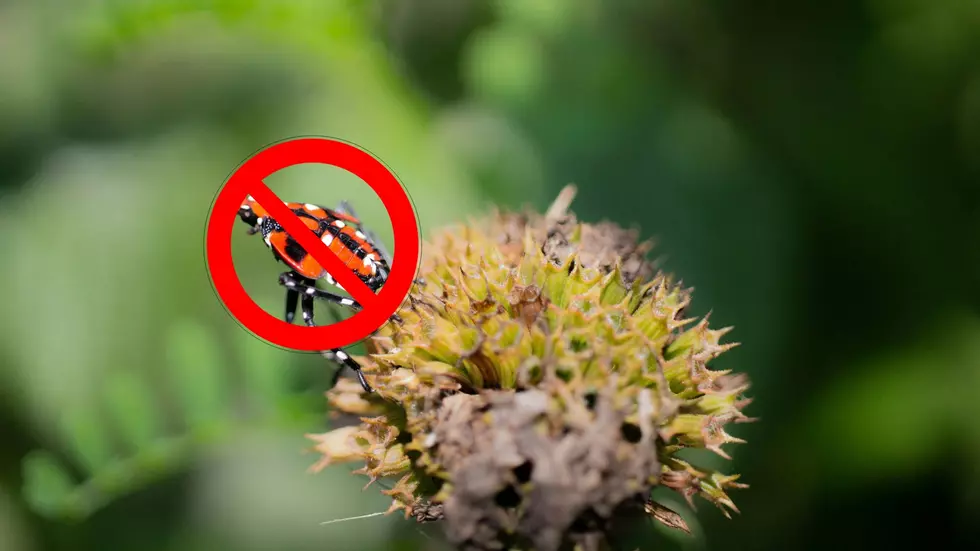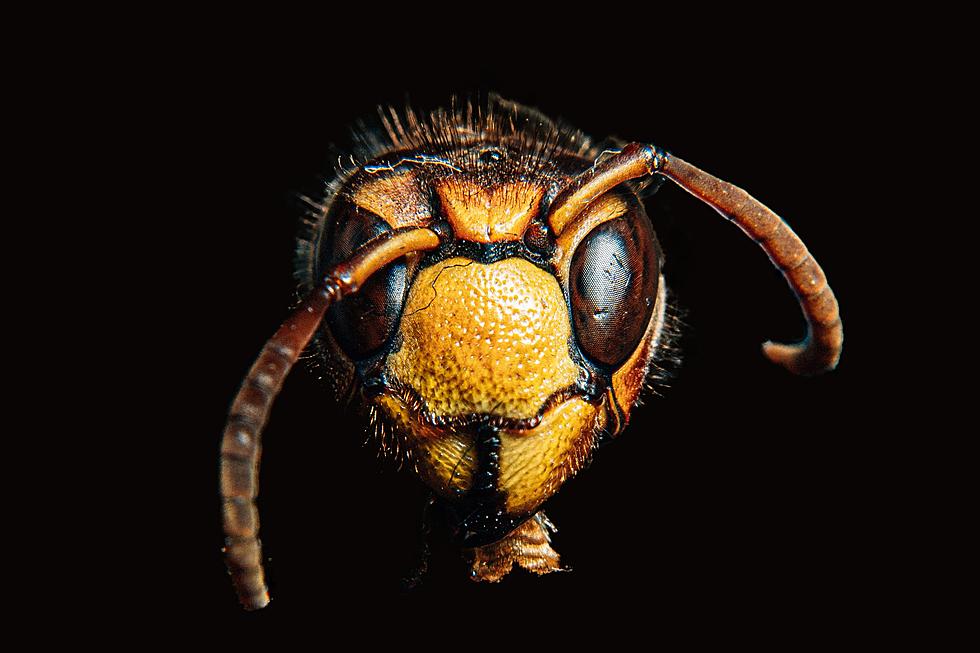
This Invasive Insect Set to Return to New York This Spring, Kill It Before It Does
The Spotted Lanternfly is an invasive species to New York and must be killed. Their hatching season is typically May and June so it's time to take action.
According to the New York Department of Environmental Conservation (DEC), the Spotted Lanternfly is attracted to hops, maple, walnut and pose a significant threat to New York's forest health. Here's how to destroy them.

The DEC is suggesting, should you see a Spotted Lanternfly in New York, kill it immediately by stepping on it or crushing it. It would also be helpful to take a photo of the insect, collect a sample and place it in a freezer or in a jar with rubbing alcohol or hand sanitizer.
This invasive pest primarily feeds on tree of heaven but could also destroy several other crops. Now is the time to act and this is what you need to do. This is what they look like.
Asian 'Destructive Invasive Pest' Spotted All Over New York, Hudson Valley
WOOF: These are the most popular dog breeds in America
Gallery Credit: Sabienna Bowman
5 of New York's Most Devastating Invasive Species
Gallery Credit: Karolyi
More From Q 105.7









